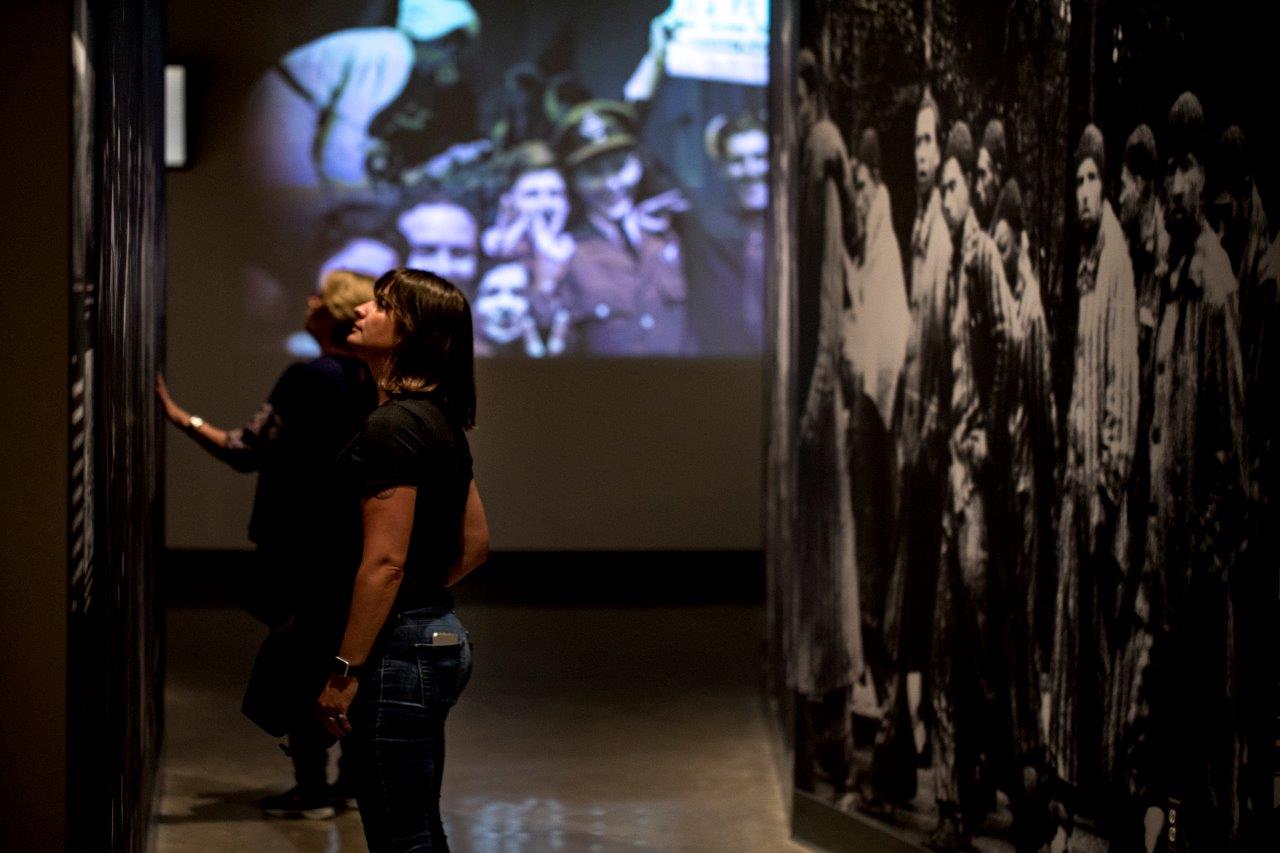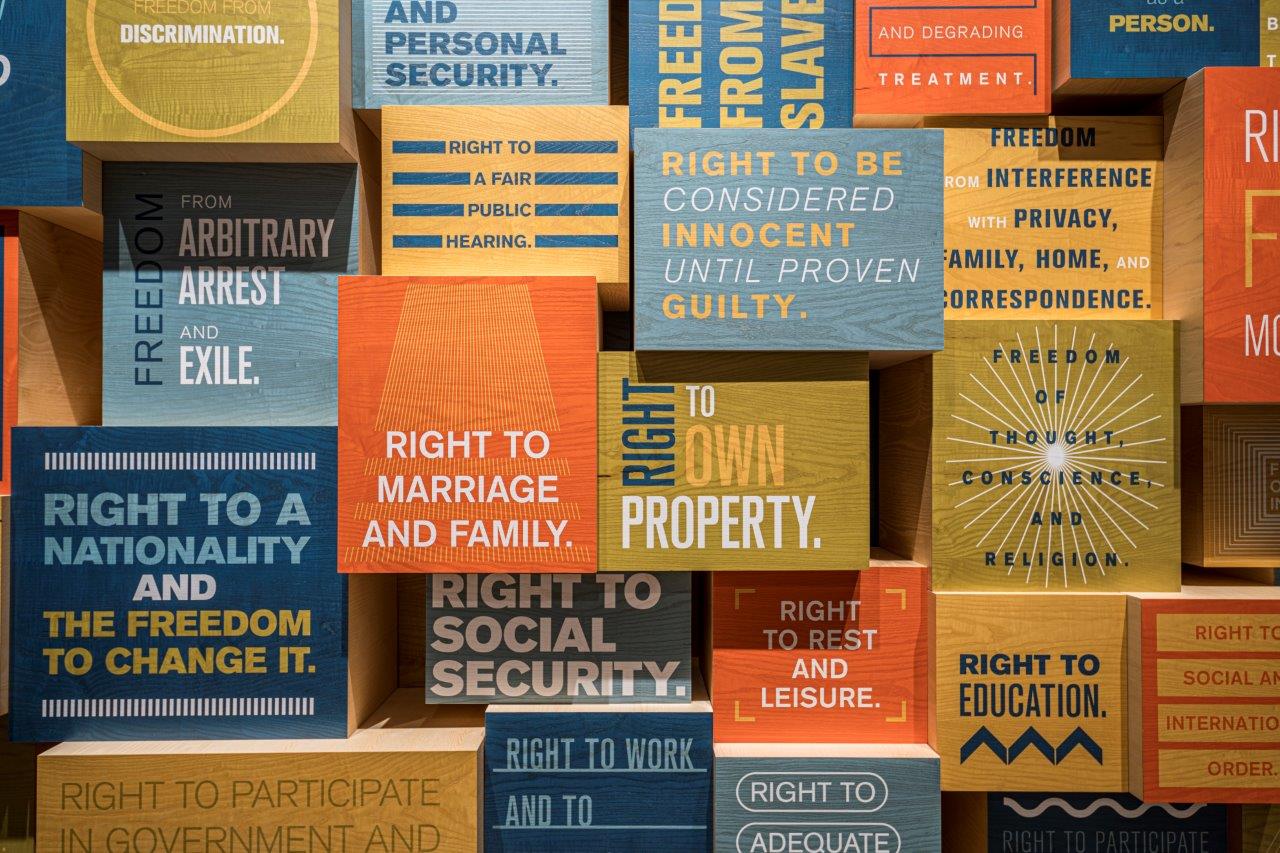
Dallas Holocaust & Human Rights Museum
The Exhibit fulfills the dual mission of the Dallas Holocaust and Human Rights Museum to Provide a full historical narrative of the Holocaust as well as of the modern human rights movement and their respective ramifications for humanity today.
The guiding principle of the exhibit is learning about the Holocaust’s continued relevance in our lives today, as individuals, and society as a whole.
The Museum challenges a nihilistic and deterministic worldview by encouraging visitors to ask the fundamental question of “Why should I care” and allowing them to discover their own answers
The 3 main sections of the exhibition are
Holocaust – organizing principle is geographical rather than chronological which emphasizes the differences in how the Holocaust evolved in different locations.
Human Rights – explores civilizational initiatives enacted after WWII as well as atrocities since.
The Genocide Gallery explores the 10 stages of genocide – each illustrated by a different genocide. This provides visitors with the information and tools to identify early warning signs when a genocide is happening or may happen. This is done by way of 10 large sculptural installations and a graphic novel for each.
and American Ideals, Reality, Repair – Gallery encourages visitors to Embrace Ideals, Challenge Reality, Participate in Repair
The Founding Fathers’ ideals were not realized at once, but the basis for future improvement was laid which now requires citizens to participate in repair i.e. “democracy is not a spectator sport”
The Gallery shines the light on Texas upstanders through sections such as the Piccadilly Café exhibit, a seminal event in the civil rights movement in Dallas. This is a participatory interactive gallery focusing on issues of cognitive bias and how these biases affect our perceptions.
ServicesInterpretive Planning, Conceptual Design, Content Development, Exhibition Design, Media and FilmLocationDallas, TexasYear2019 ArchitectOmniplan









